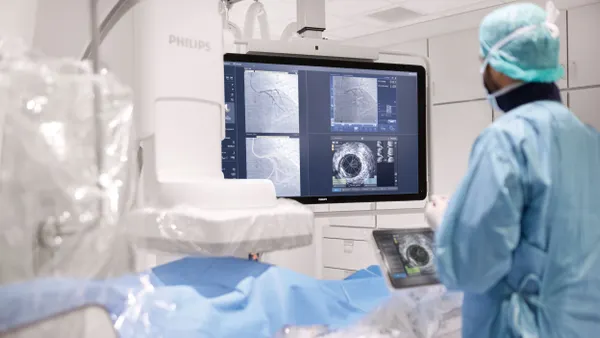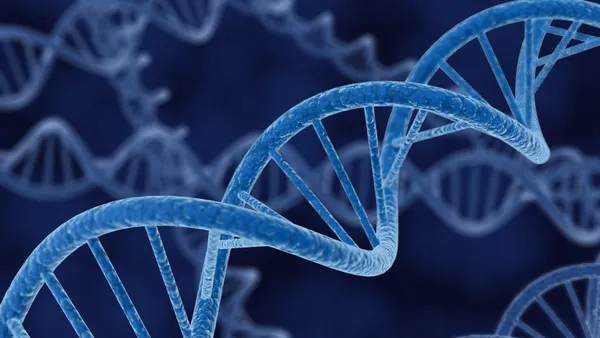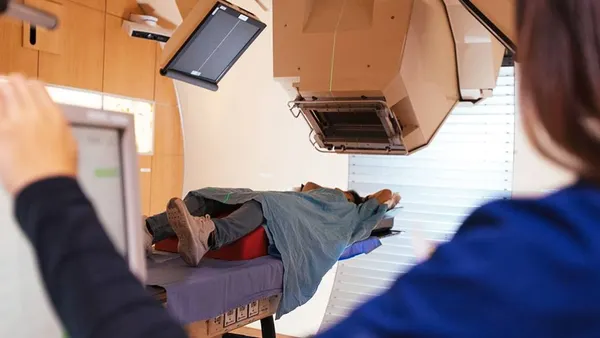Dive Brief:
-
Researchers at Dartmouth-Hitchcock Medical Center have created a deep learning model that classified lung cancer slides similarly to how three pathologists did in a small study published in Scientific Reports.
-
The model automatically classifies the histological patterns in lung cancer samples to help physicians quickly identify the most appropriate treatments for patients.
-
Having generated early substantiating data on the system, the researchers now plan to test the technology in clinical settings at additional medical centers.
Dive Insight:
The classification of histological patterns in lung cancer is a critical but tricky step in the treatment pathway. Prognosis, survival and treatment are all tied to classification.
Yet, qualitative assessment criteria and the predominance of individual patients possessing multiple histological patterns make it hard to classify samples, which can result in considerable disagreement between pathologists.
One study found moderate to good levels of agreement among pulmonary pathologists, as measured on the kappa score that runs from zero, denoting no agreement, to one, indicating absolute agreement. In that study, the kappa scores went as high as 0.72 but other assessments of difficult cases have yielded results as low as 0.24, indicating there was minimal agreement between the expert pulmonary pathologists that reviewed the slides.
A Dartmouth team recently assessed whether a deep learning model can help level the field. The model uses a computing system designed to learn to identify regions of cancerous cells and aggregate these classifications to infer the histological patterns present on a slide.
After training and developing the model on 279 whole-slide images, the team tested it on 143 slides taken at the same medical center. The model achieved a kappa score of 0.525 and an agreement of 66.6% with three pathologists for classifying predominant patterns. Among the three pathologists, the numbers came in slightly lower at 0.485 and 62.7%.
The findings led the researchers to conclude that the model "is statistically on par with pathologists for all evaluated metrics." Because the model generated its results quickly, the researchers think it could be integrated into laboratory information management systems and propose diagnoses for patterns, or used to automatically trigger requests for genetic tests based on its analyses.
To fully deliver on that promise, researchers will need to show that the model works outside of the test setting. Notably, the training and testing used images from a single medical center. Prior studies suggest the model may be less effective when applied to images captured at other facilities. The Dartmouth researchers have positioned other teams to find out how the model performs on outside datasets by making the code publicly available.








